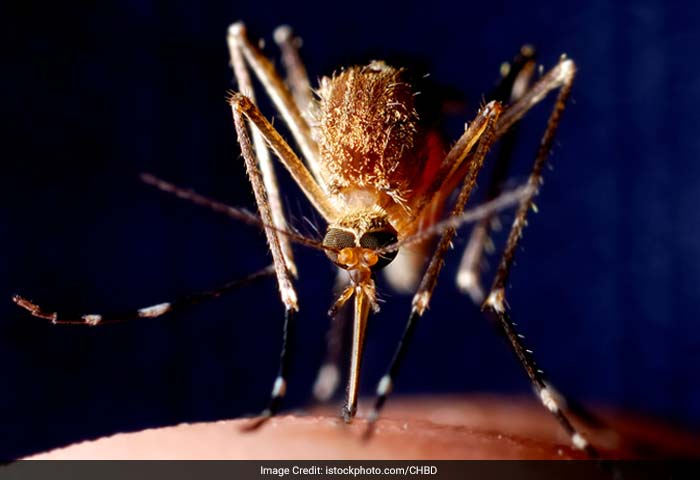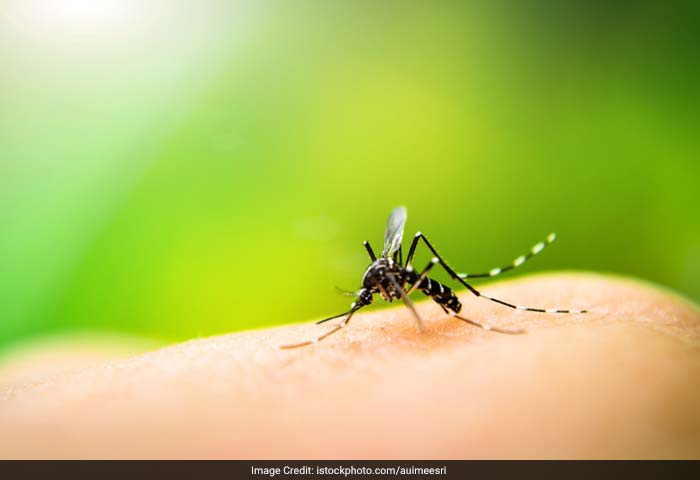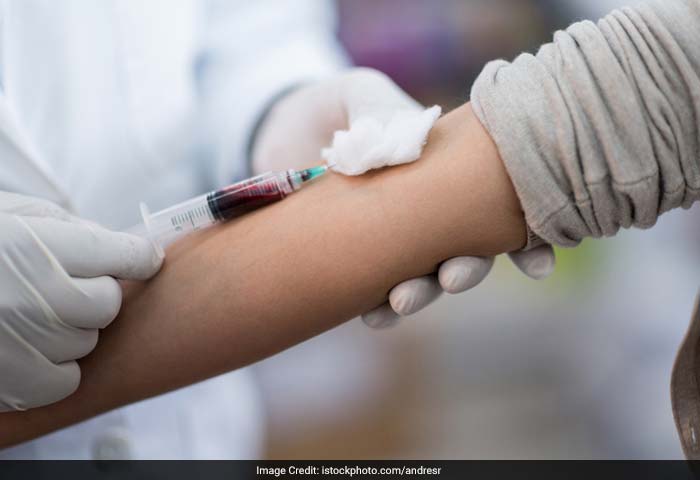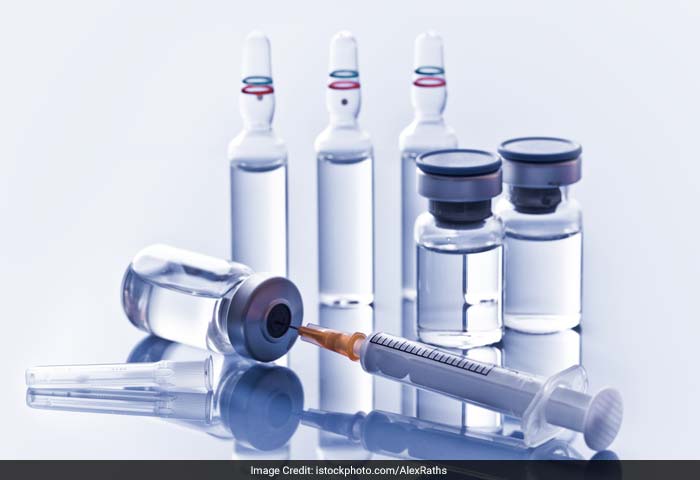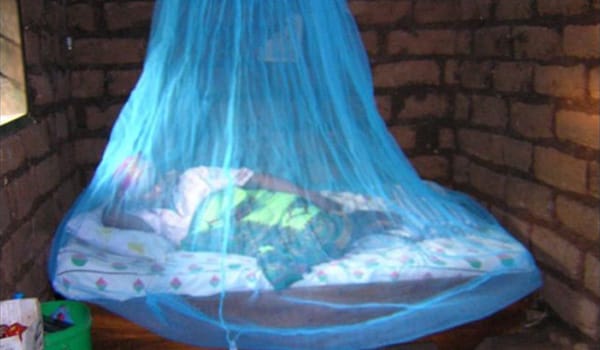Health Photos
-
Malaria is a parasitic disease characterised by high fever, chills and rigors accompanied by headache, nausea and vomiting, muscle pain and anaemia. The disease is a major health problem in India as in most of the tropics and subtropics.
-
Malaria is caused by a parasite that is transmitted from one human to another by the bite of infected anopheles mosquitoes. It can also be transmitted congenitally (from a mother to her unborn baby) and rarely, by blood transfusions.
-
Malaria transmission most often occurs through the bite of an Anopheles mosquito.It spreads when a mosquito infected with the parasite bites a non infected human. The parasite migrates to the person's liver. Infected liver cells burst, sending parasites into the person's bloodstream, where they reproduce further within the red blood cells. Finally, another mosquito bites the person, ingesting blood infected with the parasite. The second mosquito then can spread the parasite to other non-infected humans.
-
Malaria can be diagnosed with a physical examination and some tests. The physical examination may show an enlarged liver and an enlarged spleen. The tests for the malarial parasite by blood smears and other tests confirm the diagnosis. The blood sample is usually drawn at the peak of fever.
-
Malaria is a medical emergency requiring hospitalisation. Chloroquine is the most frequently used anti-malarial medication, but quinine, or the combination of pyrimethamine and sulfadoxine are given for chloroquine-resistant infections.
-
Malaria can be prevented by avoiding mosquito bites by wearing protective clothing over the arms and legs, using mosquito nets and screens, and insect repellents (cream, lotion, spray or vaporizer). Treatment should begin two weeks before entering the area, and continued for a month after leaving the area.
-
Mosquito nets help keep mosquitoes away from people and greatly reduce the infection and transmission of malaria.



